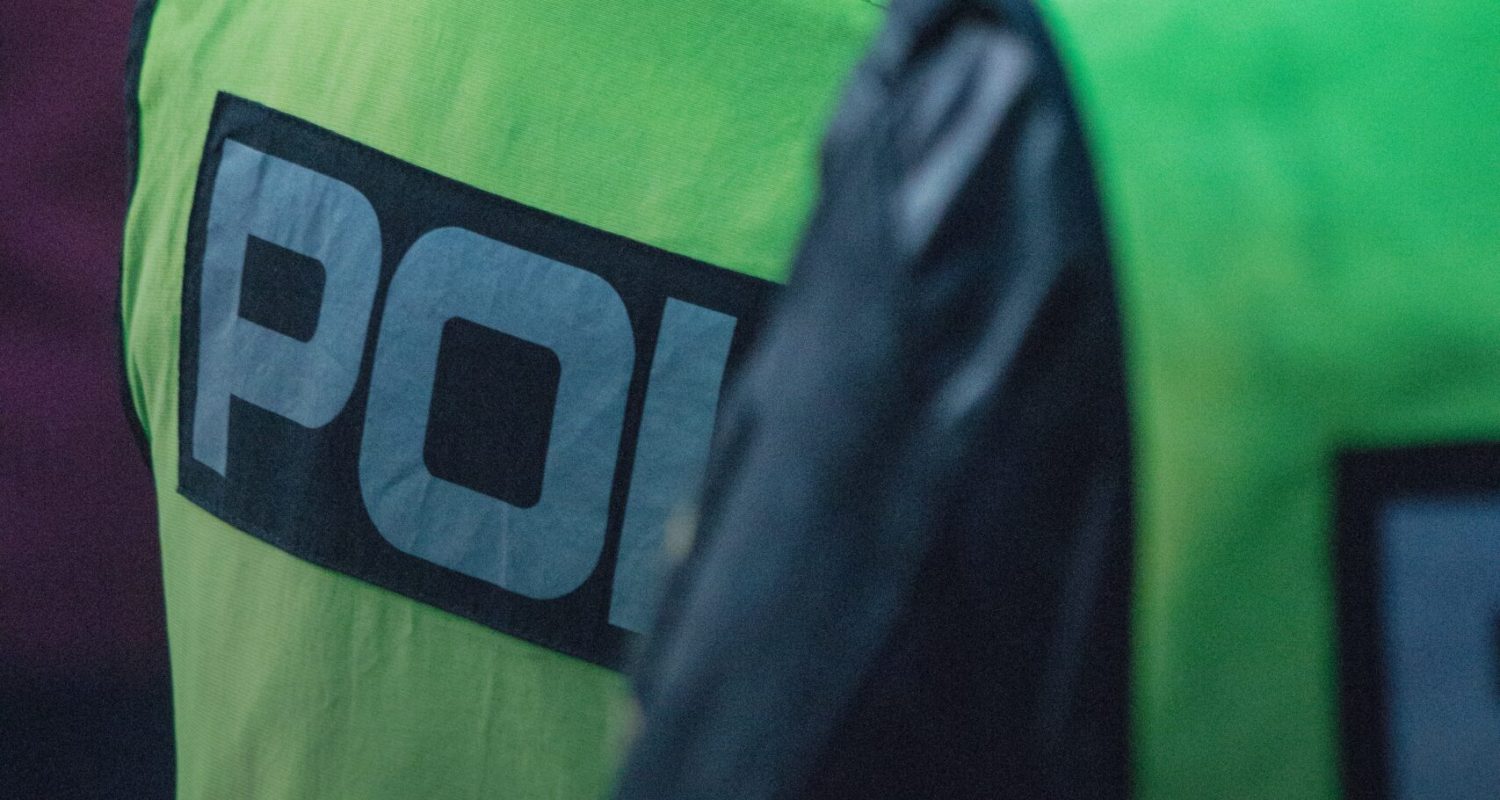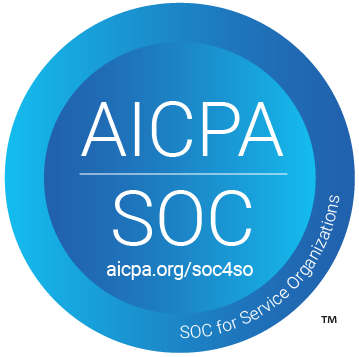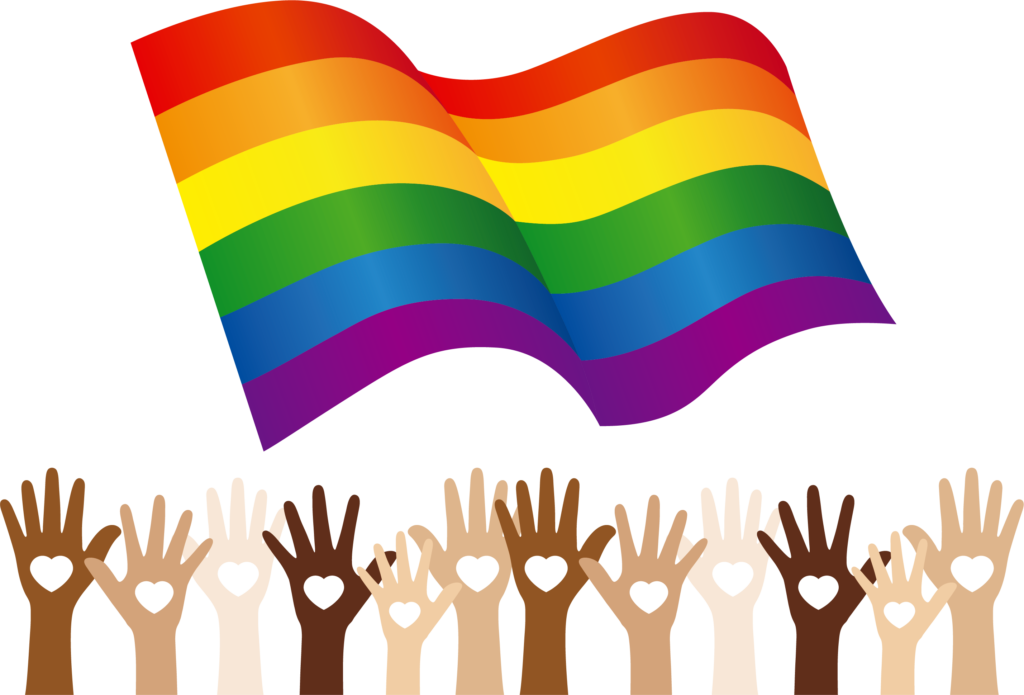Ironic as it sounds in the United States, we’ve seen a burst of mass shootings and attacks in the past few months. Since June of this year we’ve seen 6 such attacks:
- 6/14/17 Alexandria, Virginia – firearm attack on a US Congressman and his aides at a baseball field; 1 killed, 5 injured
- 8/12/17 Charlottesville, Virginia – vehicle attack by a white nationalist directed at protesters; 1 killed, 19 injured
- 9/24/17 Antioch, Tennessee – firearm attack at a church service; 1 killed, 8 injured
- 10/1/17 Las Vegas, Nevada – firearm sniper-like attack from the 32nd floor of a hotel room, down on a group of country music concert-goers; 59 killed, 527 injured
- 10/31/17 New York City – vehicle attack on a crowded public bike path; 8 killed, 12 injured.
- 11/5/17 Sutherland Springs, Texas – firearm attack at a church service; 26 killed, 20 injured.
The media covers these events and their rapid succession with shock and surprise. Yet, those of us in the threat management and forensic community have long known anecdotally, and in the past 10 years increasingly through empirical research, that such a “contagion effect” is a reality.
The contagion effect refers to the increased likelihood of subsequent mass attacks by other, unrelated assailants in response to widespread media coverage of a prior mass shooting or attack. The effect is significant and time-limited in most instances. Towers and colleagues (2015), published in PlosOne Journal, used statistical predictive modeling to compare mass shootings in real-time to the probability of subsequent attacks, based off of three well-respected databases of such attacks covering hundreds of cases.
We find significant evidence that mass killings involving firearms are incented by similar events in the immediate past. On average, this temporary increase in probability lasts 13 days, and each incident incites at least 0.30 new incidents (p = 0.0015). We also find significant evidence of contagion in school shootings, for which an incident is contagious for an average of 13 days, and incites an average of at least 0.22 new incidents (p = 0.0001). On average, mass killings involving firearms occur approximately every two weeks in the US, while school shootings occur on average monthly. We find that state prevalence of firearm ownership is significantly associated with the state incidence of mass killings with firearms, school shootings, and mass shootings.
There’s a lot in this statement, our focus here is on the “contagion” aspect. So why? Why does contagion occur, what is the rationale behind it? It’s both simple and complex.
First the more complex. There are two primary biological modes of violence – affective vs. predatory. They each have different neurochemical processes and anatomical structures that operate in the brain, and they cannot occur simultaneously.
Mass shootings are almost always predatory (or targeted) violence, meaning it is well planned, controlled, focused, non-emotional and highly cognitive in nature. This mode of violence is rare statistically but devastating when it occurs. Think of a cat stalking a bird from 50 feet away, or an Army sniper.
Affective (or reactive) violence, by comparison, is a “fight or flight” response. It is most often a function of context and access at the time of anger or emotional arousal, often poorly controlled, largely unplanned, typically not focused but instead erratic and impulsive. This is by far the most common mode of violence, observed in most domestic violence situations, school/bar fights, sports-related conflicts, and any context when emotions are heated. Think of a cat cornered by a large Rottweiler.
So, what explains the contagion effect to propel predatory violence? Now the more simple explanation. At its most basic level it comes down to “monkey see, monkey do.”
Predatory attackers almost always show a deep-seated sense of inadequacy, feeling misunderstood and under-appreciated by the world. Poor coping skills, narcissistic personality features, lack of empathy, and sense of alienation (and often shame) permeate their self-disclosures, social media posts, and statements to confidants. As an attempt to bolster that low sense of self, they seek ways to bolster their presence, their reputation, their sense of self, their fame.
This isn’t all that unusual. We are a culture of the “selfies” and of social media self-promotion, and the mass killer wants the same, yet he (and almost always it’s a he) lack the social and emotional skills to get those needs met pro-socially so they resort to more destructive means. We know this because they tell us so – Harris and Klebold from Columbine; Cho from Virginia Tech; Holmes from Aurora, CO; Dylan Roof from S.C., Elliot Rodger, from Santa Barbara, CA; Omar Matteen from Orlando, FL; and so on – left us clear statements of their needs, thoughts, intentions, and motives.
Carrying out a mass killing offers immediate dramatic stardom through the stage of death. “Who cares if I win the Golden Globe for the most evil, heinous actor. At least I won a Golden Globe!”
High-profile and well-covered killers in the media have always inspired others. The frightening part is that every day there are many people thinking about carrying out a mass attack, “What if I did that . . . .”. Then they see someone else do it, and they see how much a “loser” that assailant is, how lowly they seem to be, how pitiful their life is. Yet instead of that being a deterrent akin to “Why would I want to be like him?”, because of their narcissism, it becomes a motivator, an inciter, an accelerator akin to “If that loser can do it, I certainly can, I can do it better . . .” And the added benefit of “Look how famous he is, NOW everyone knows him, I want that for myself, and I’ll be even more famous . . .”
The narcissism, coupled with deep anger and rage, becomes a frightening recipe. Add in suicidal ideation to the mix, and the recipe worsens – if you’re alienated from society, feel unfairly treated and isolated, have strong impulses to lash out at others, desire fame at any cost to others, AND you’re suicidal, there isn’t much left to hold one back from “going out in a big way.”
That is the behavioral impetus behind the contagion effect. Let’s be clear; the media coverage does not unilaterally force one forward to commit an act of violence. It does not otherwise take one who is not on a trajectory of predatory violence and suddenly put them on that trajectory. Rather, it acts as an accelerator for some, and to such a statistical degree that we can predict an increased risk in those next 13 days.
The contagion effect was regionally and geographically anchored in the past, mostly due to local newspaper coverage. But in the past 15-20 years with the increase of internet and social media, we now have seen the regional effect erode. We are all one world, and the contagion effect is now global.
How can we use this to our advantage?
One way NOT to use this data point is to over-react. Mass attacks and shootings are increasing in the past 7 years or so, but still statistically rare (about the risk of being killed by lightning for any one American). We don’t have to bunker down in our basements for 13 days after every mass killing.
Where this data point is useful is when we have an identified person that we think, or know, is already on a trajectory of predatory violence, and then a mass killing or shooting occurs and is widely covered in the media, that is the time to check in with them and gauge how they are responding. Are they accelerating? Do they feel emboldened? Are they moving into a preparatory mode? As well as other risk factors that can spike.
This is not an easy task, and it requires special training and experience to effectively do, and do well, yet it’s another insight we can use for finding the needle in the haystack before the needle becomes a dagger (or gun) that kills innocent people.






